On March 29, 1974, NASA’s Mariner 10 spacecraft has performed the first Mercury flyby in the history of space exploration.
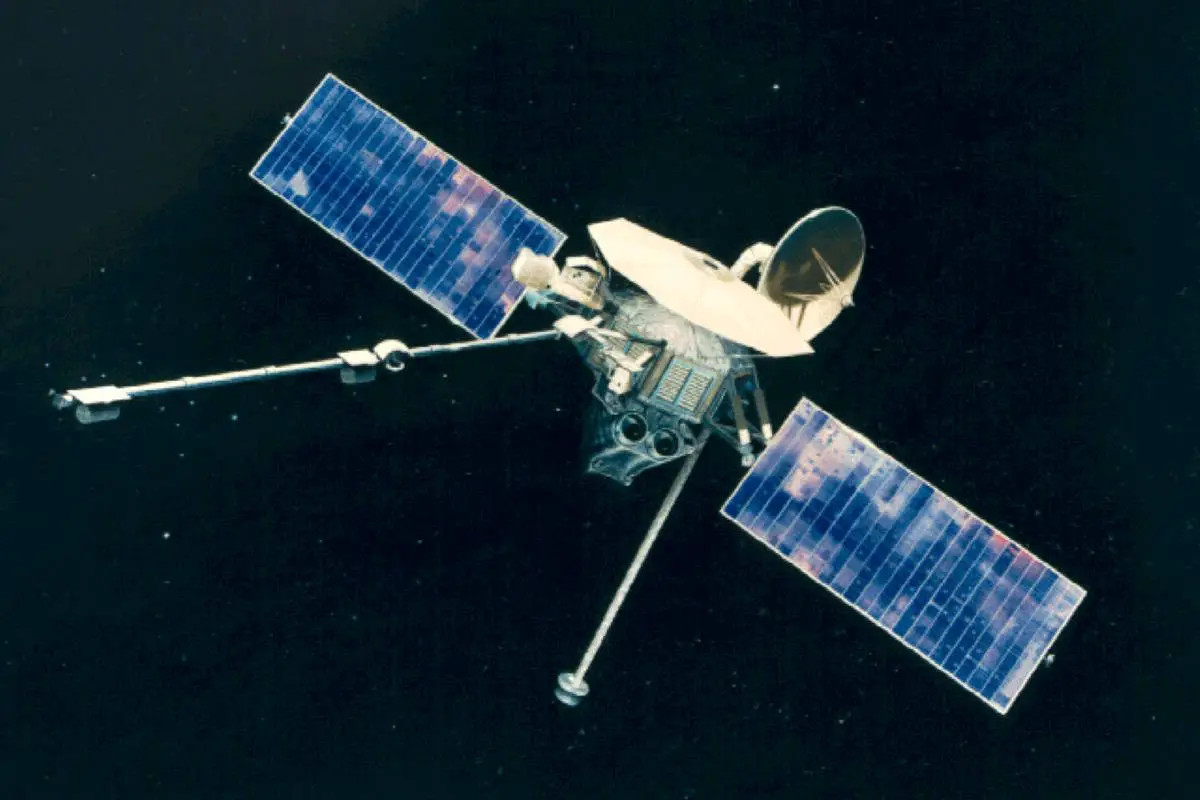

On March 29, 1974, NASA’s Mariner 10 spacecraft has performed the first Mercury flyby in the history of space exploration.

In the prehistoric ages, some animals were much bigger than today’s counterparts – including crocodiles. Crocodiles have long been some of the most feared and respected creatures on the planet, and their prehistoric ancestors were no different. Some of the largest and most terrifying crocodiles to ever exist walked the Earth millions of years ago, making even the largest modern crocodile look like a mere lizard by comparison. From the massive Deinosuchus to the impressive Sarcosuchus imperator, this article will explore eight of the largest and most impressive prehistoric crocodiles ever discovered, giving readers a glimpse into a long-lost world of giant reptiles and ferocious predators.
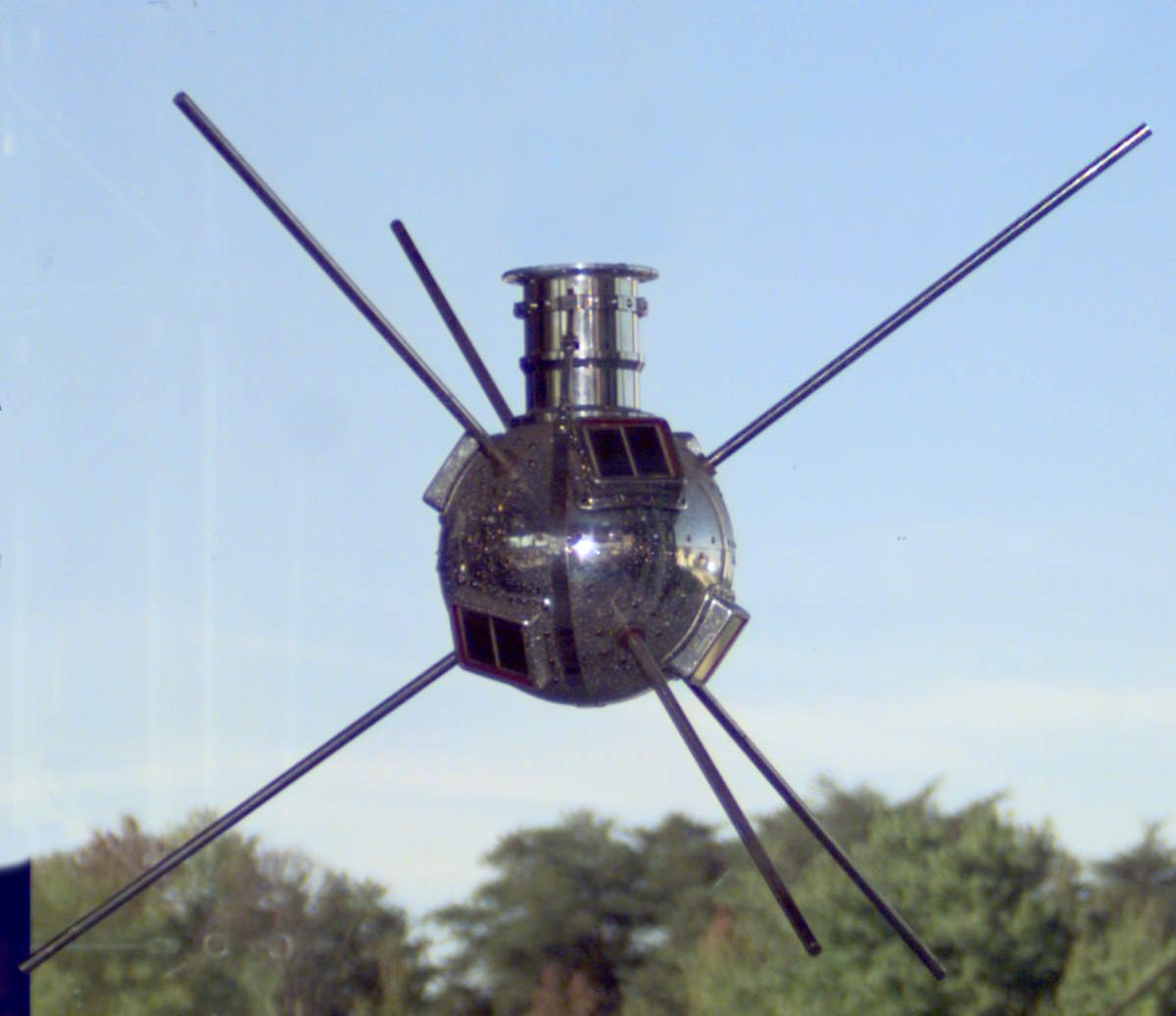
Vanguard 1, launched on March 17, 1958, marks a significant step in space exploration as the first solar-powered satellite. It is also the oldest human-made object still orbiting Earth. The satellite, with a diameter of about 6.4 inches (16.3 cm), demonstrated the viability of solar energy in space missions. While its primary scientific mission has long since ended, Vanguard 1 remains in orbit, serving as a historical marker of early space endeavors and the evolving technology of the era. Its presence in space continues to remind us of the early stages of human efforts in satellite technology.
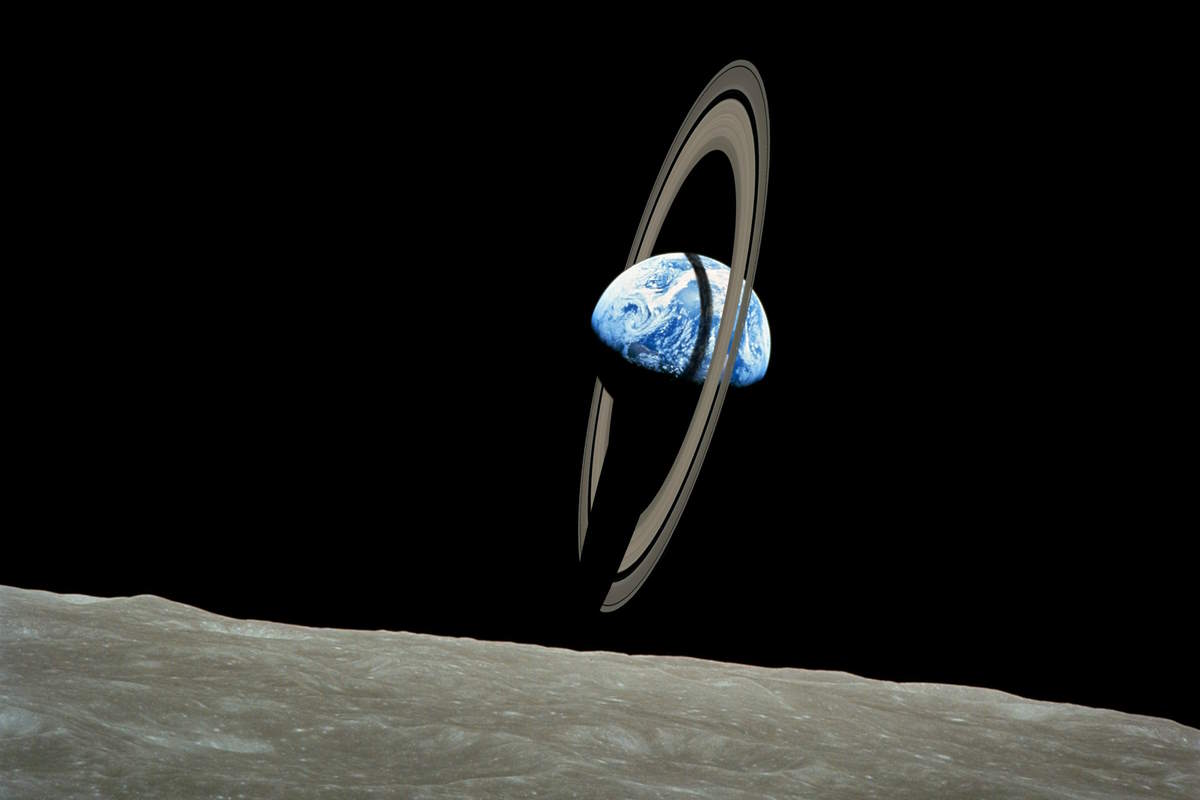
The photos of Saturn, with its majestic rings, are a testament to the breathtaking beauty of our solar system. Now, imagine if Earth had a similar feature! The sight of a vibrant ring system surrounding our planet would undoubtedly leave us in awe. The striking contrast of the rings against the blue and green of our planet would offer breathtaking views, and the endless possibilities for photography and art would be endless. While Earth’s unique geological features make it stand out in our solar system, it’s hard not to imagine how incredible our planet would look with a set of rings like Saturn’s.

As we go about our daily lives, it’s easy to forget that we’re all hurtling through space at incredible speeds. Earth is constantly in motion, rotating on its axis and orbiting around the sun. In fact, we’re all living in a fast-moving spacecraft. But just how fast is our planet moving? What’s the speed of Earth in space?
The answer is surprisingly complex, and the exact speed varies depending on the reference point. In this article, we’ll explore the different ways to measure Earth’s speed, from its rotation speed and its orbital velocity around the sun to the Sun’s movement around the center of the Milky Way galaxy, and gain a new appreciation for the incredible speed at which we’re all traveling.

The sky and the Sun appear in different colors (reddish or orange) during sunrise and sunset because of the way that light travels through the Earth’s atmosphere.
During the day, the Sun appears white because its light is composed of all the colors of the spectrum. As the Sun gets closer to the horizon during sunrise and sunset, its light has to travel through more of the Earth’s atmosphere before it reaches our eyes. This causes the shorter, bluer wavelengths of light to scatter more, leaving the longer, redder wavelengths to dominate.
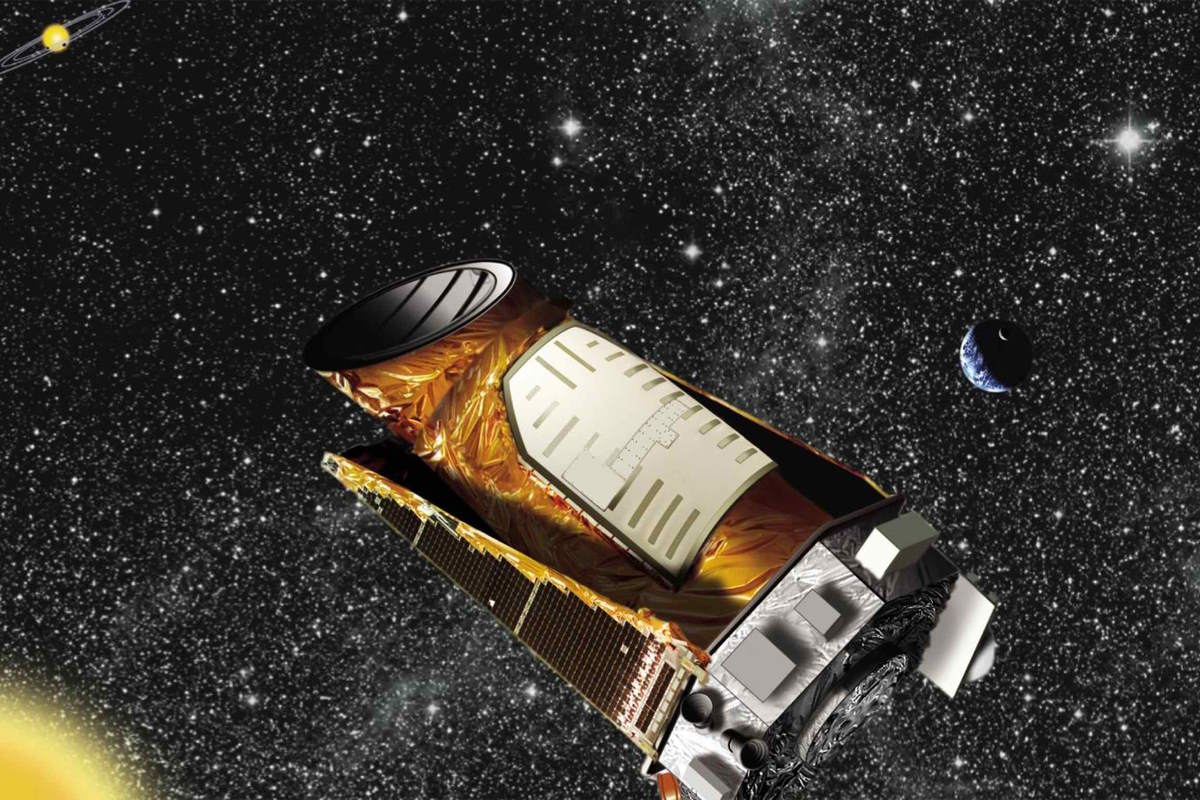
On March 7, 2009, NASA’s Kepler Space Telescope was launched from Cape Canaveral on top of a Delta II (7925-10L) rocket. It was designed to search for exoplanets – planets orbiting stars outside our solar system. Kepler’s primary mission was to determine how common Earth-like planets are in our galaxy, and it discovered more than 2,600 confirmed exoplanets during its 9-year mission.
Kepler Space Telescope’s discoveries revolutionized our understanding of the universe and our place in it and paved the way for future space telescopes and exoplanet research.
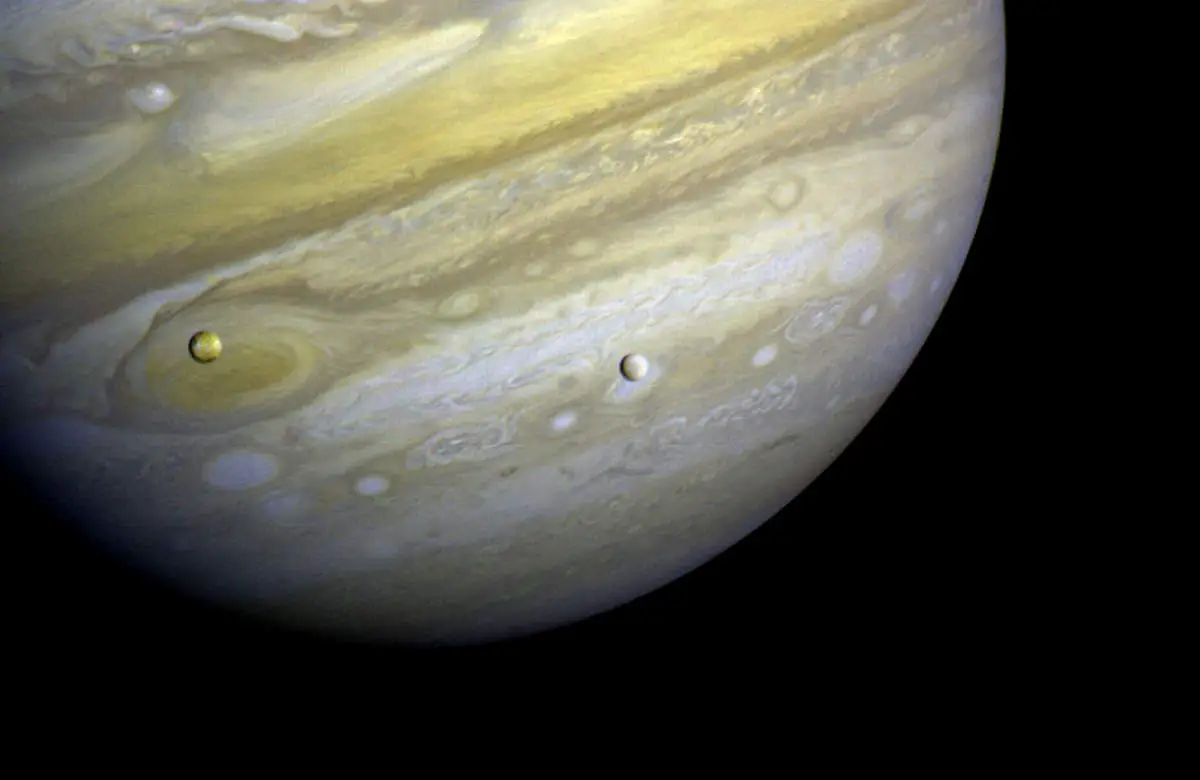
On March 5, 1979, NASA’s Voyager 1 spacecraft performed a Jupiter flyby as it flew within 277,400 kilometers (172,368 miles) of the planet’s cloud tops or 348,890 km/216,790 miles from the center of mass.
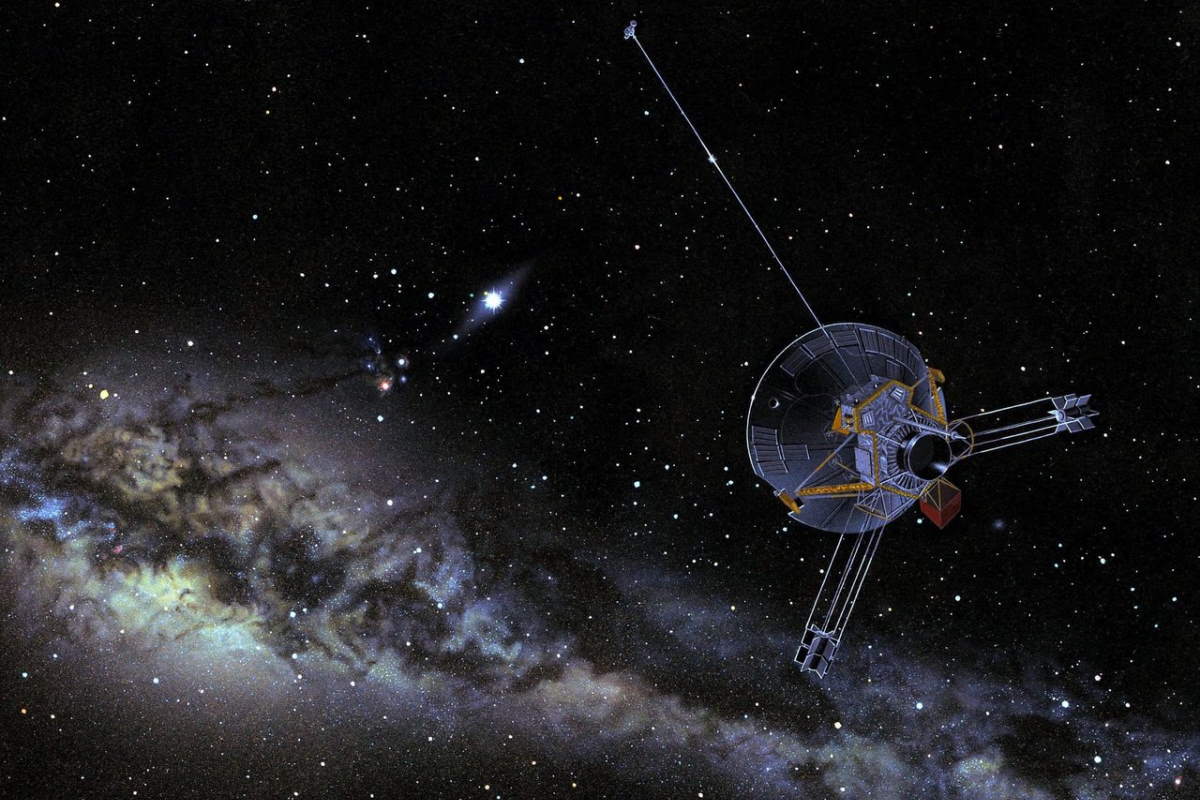
On March 2, 1972, Pioneer 10, was launched by NASA on top of an Atlas-Centaur rocket (AC-27 / Atlas 3C no. 5007C / Centaur D-1A) to study Jupiter, the largest planet in our solar system, and its environment.
The mission’s primary goal was to fly by Jupiter and study its atmosphere, magnetosphere, and radiation belts. Pioneer 10 was the first spacecraft to visit Jupiter and provided scientists with the first up-close look at the gas giant and its four largest moons, Io, Europa, Ganymede, and Callisto.

On March 1, 1896, French physicist Henri Becquerel (15 December 1852 – 25 August 1908) accidentally discovered radioactivity.